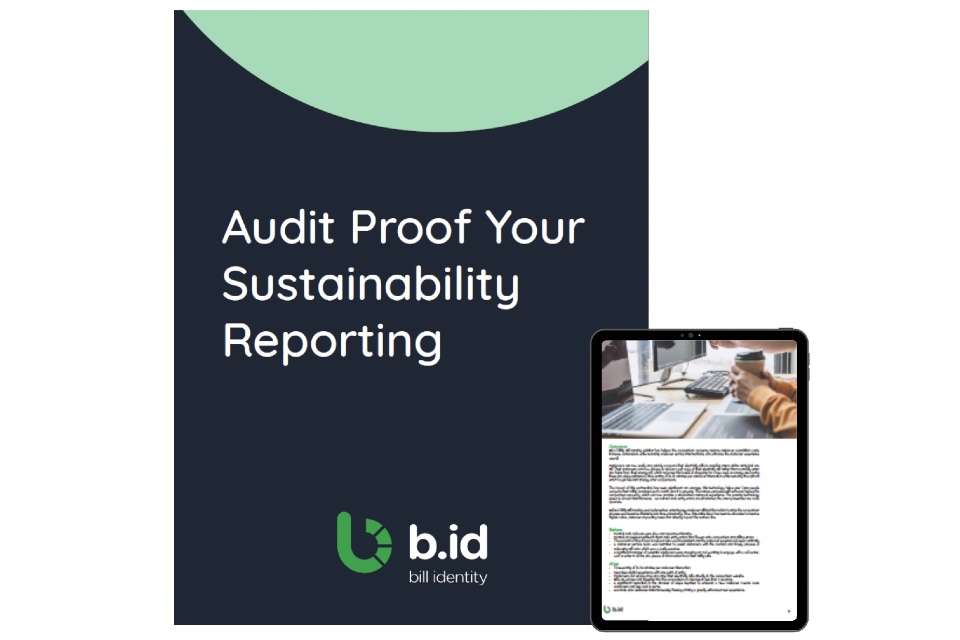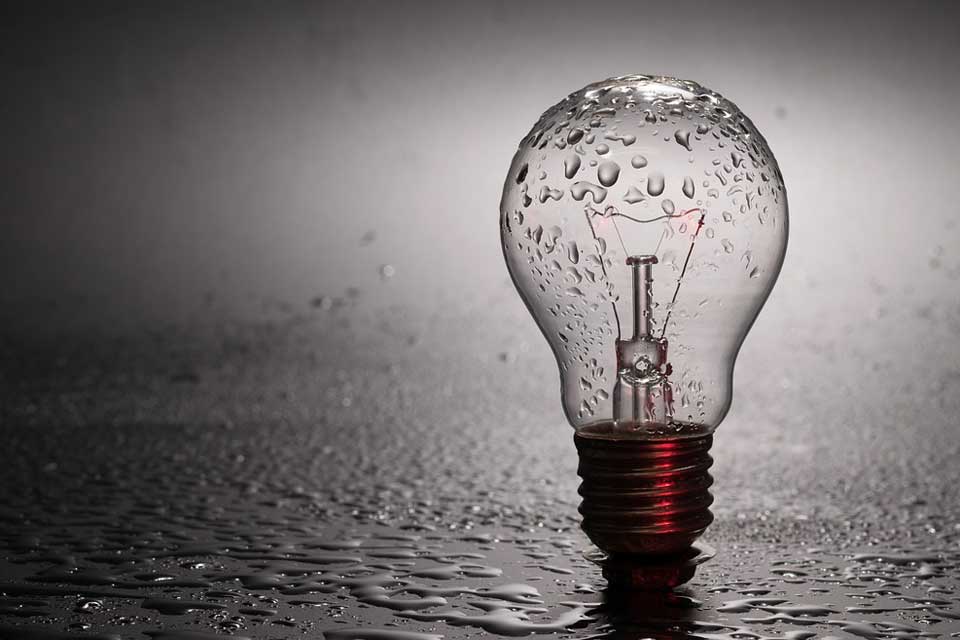In the latest instalment of our industry executive interview series, we spoke to Matthew Power (pictured, below), Utilities Commercial Specialist at BT, about his company’s water needs and how the organisation is working with Waterscan to transform its management and usage…
Matthew, tell us about BT’s experience of water before the market opened. We have a large property portfolio but individually our sites tend not to use much water. Many unmanned sites have only welfare facilities that are used occasionally. From a management perspective, the nature of such a property portfolio has caused a few issues. For example, it has meant that many meters were not being read regularly so our ability to manage leakage and accruals for water charges was limited. Also, the sheer quantity of supplies and regional water suppliers we were dealing with meant that we were processing huge numbers of paper bills – a manual and very time-consuming administrative process.
So, how did BT approach the open water market? What were you looking to achieve? Initially we tendered for a single retailer so that we could reduce the administrative burden of multiple suppliers and paper billing and to try to ensure more regular meter reads. However, we were very surprised to receive no bids from the invited retailers, so we started to look at other options.
We had worked with Waterscan for a long time on various projects and saw how the team there were partnering with other large organisations to self-supply and began to realise that this route could potentially solve many of our issues too. The opportunities arising from becoming a market participant and helping to shape the water market’s development as a self-supplier also appealed to us.
What has been achieved since? We received our licence at the end of 2018 and began switching our supply points over in a staged programme organised by their team from the following June. To date, 6,513 supply points have been successfully switched, with just a handful remaining. We have automated a lot of the payment processes now too, and this is saving us significant administrative costs. The tangible benefits of this approach have been such that we decided to move our EE portfolio over to this model too and these supply points are currently in transition.
One of our greatest achievements is that the vast majority of our water meters have now been located, verified and read, which means that we have accurate benchmark consumption data on which we can base future strategic decisions. The industry terms a ‘long-unread meter’ as one that has not been read for a year or more and we have reduced BT’s level from 25% to 5% of our meters. I understand that no-one else in the water market has achieved such a feat. In fact, our large number of supply points means that BT is equivalent to a large retailer in the market and we’re currently outperforming all these – unexpected, but really pleasing!
Why are long-unread meters such a problem? For us, being a good water steward means we need good data to manage our usage. If meters are not being read regularly and accurately, this reduces our ability to spot leakages, ultimately increasing our burden on the water networks and wasting resources. What’s more, when leaks are detected, a large catch-up bill that we have not accounted for tends to follow and this makes controlling our water spend much harder.
As a result of our improved water consumption data, we have already identified and repaired a number of large underground leaks and we have also been able to start assessing the consumption impact of a planned roll-out of new cooling systems that use mains water.
Self-supply has been a successful strategy for other companies too: why do you think this is? As mentioned, self-supply puts you in control of your meter reads, but it also gives you access to central market data which means a greater ability to monitor and manage usage and ensure accurate charges. Through our MOSL membership and having more direct contact with Ofwat and other market participants through the Self-Supply Users Forum, we also now have a broader understanding of the challenges the market faces and how these could impact our own operations. This gives us an unparalleled opportunity to plan for, and mitigate, these risks.
What is BT’s next set of priorities and how will these be achieved? While BT is not a particularly large water user, we do have systems installed at many sites that rely on mains water, particularly in hot weather, so good water stewardship is particularly important to us.
We are keen to look more specifically at our sites in water-stressed catchment areas so we can help resilience efforts and review contingency plans for sites that are at the highest risk of a water outage. Good data and automation of processes are key for us to achieve this.
From a wider perspective, we are extremely interested to see how the water market develops. Where we can exert our influence to ensure that it continues to improve for customers, we are keen to do so.
Having achieved so much in such a short space of time, what lessons can other organisations learn from BT’s approach to the water market? Based on our experience, I expect that most large organisations should be able to realise benefits from engaging with the water market and I would advise them to investigate all the options available. For us, partnering with Waterscan to self-supply proved to be the optimal solution to help us manage our water usage and spend and, because we now have complete control, the journey to date has already delivered benefits that we hadn’t anticipated.
www.waterscan.com





